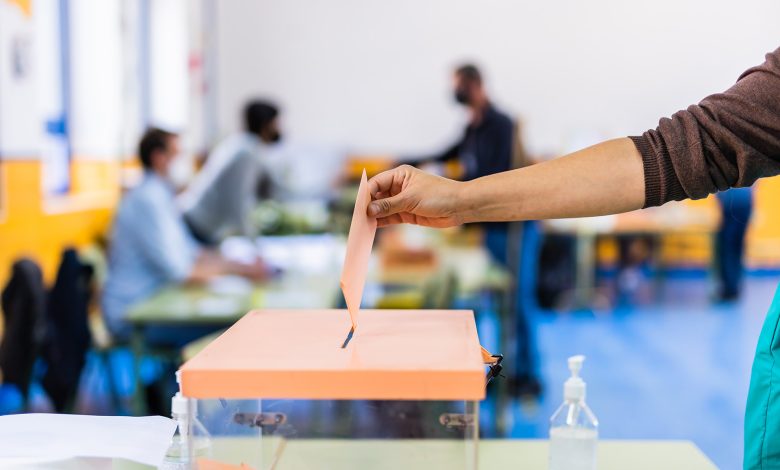OPINION : Can we win a political election without traditional medias?

Winning a political election without using traditional media entirely is a challenging endeavor, but there have been some notable case studies where candidates or political movements have achieved success by relying heavily on digital and grassroots strategies. While it’s rare to completely eschew traditional media, these cases illustrate the potential for alternative approaches:
Alexandria Ocasio-Cortez in the U.S.:
Alexandria Ocasio-Cortez’s campaign for the U.S. House of Representatives in 2018 is often cited as a case study in digital and grassroots campaigning. She defeated a long-time incumbent in the Democratic Party primary in New York’s 14th congressional district.
Ocasio-Cortez’s campaign made extensive use of social media, especially Twitter, to engage with voters and share her progressive policy positions. Her authenticity and active presence on social media helped her gain a strong following and grassroots support.
Jeremy Corbyn in the UK:
Jeremy Corbyn, the leader of the UK Labour Party, ran two general election campaigns in 2017 and 2019 that relied heavily on grassroots organizing and digital outreach.
Corbyn’s campaign mobilized a large base of supporters and utilized social media to connect with young and politically engaged voters. It was seen as a contrast to the more traditional media-driven campaigns of his opponents.
Volodymyr Zelenskyy in Ukraine:
Volodymyr Zelenskyy, a comedian and political novice, won the presidential election in Ukraine in 2019. His campaign was notable for its reliance on digital media and humour.
Zelenskyy’s team used social media and YouTube videos to communicate with voters, and his persona as an outsider appealed to those disenchanted with traditional politics.
While these examples demonstrate the potential for alternative campaign strategies, most successful political campaigns still incorporate a mix of traditional and digital media to reach a broad and diverse electorate. Traditional media often remains an important source of information for many voters, especially in national and high-profile elections.
But the future (starting yesterday) and the decline of interest for the traditional medias could change the situation and give an advantage to digital medias.
This decline did not start today and what we see is alarming:
Print newspaper circulation has been declining across Europe, with annual decreases ranging from 2% to 10% in many countries.
Traditional TV viewership remained relatively stable, but younger demographics showed a preference for online streaming services.
Traditional radio has maintained a strong presence, but it faced increased competition from music streaming services and podcasts.
Print magazine circulation declined in many European countries, with annual decreases similar to those of print newspapers.
Digital editions and niche magazines often fared better than general interest publications.
What about the digital medias?
Online news portals, social media, and digital streaming platforms saw significant growth in audience and advertising revenue.
Many traditional media outlets launched digital versions and subscription models to adapt to changing consumer preferences.
Here are some key points regarding the power of social media in European elections:
Social media platforms have provided political parties and candidates with powerful tools to reach voters directly. They can share their policy positions, engage in real-time discussions, and target specific demographics with tailored messages.
Social media has played a role in mobilizing supporters and volunteers for political campaigns. It allows for the rapid dissemination of information, calls to action, and event coordination.
European elections, like elections worldwide, have been impacted by the spread of disinformation and fake news on social media platforms. False or misleading information can be amplified quickly, potentially influencing voter perceptions.
Social media platforms offer advanced targeting capabilities that allow political campaigns to reach specific groups of voters based on demographics, interests, and behaviour. This can be a powerful tool for tailoring messages to different segments of the electorate.
Social media platforms often serve as forums for political debates and discussions. Candidates and parties engage with voters and respond to their concerns and questions in real-time.
It’s important to note that the power and impact of social media can have both positive and negative effects on elections. On one hand, it can enhance transparency, engagement, and access to information. On the other hand, it can facilitate the spread of false information and echo chambers that reinforce existing beliefs.
So as a conclusion we can say that the influence of social media in European elections varies from country to country and depends on a multitude of factors, including the level of digitalization, the political landscape, and the demographics of the electorate. Social media has become a significant communication and campaigning tool for political parties and candidates, and it has the potential to influence voter opinions and mobilize support.





